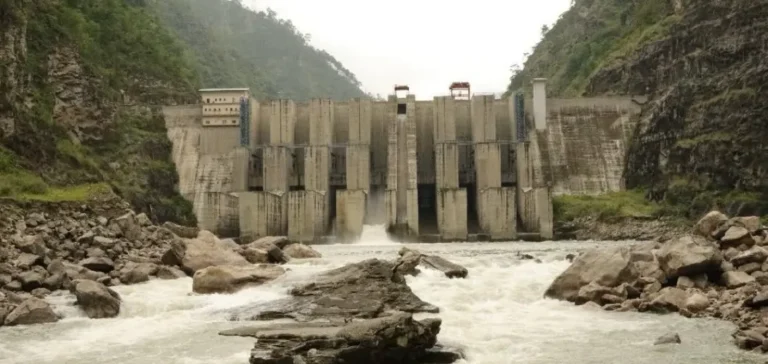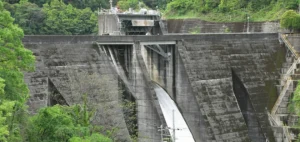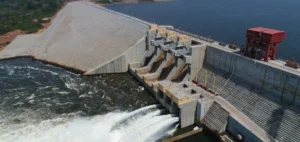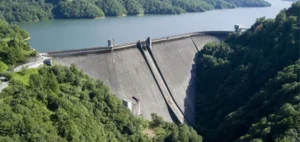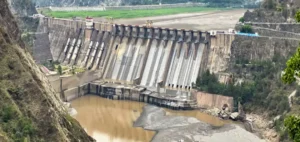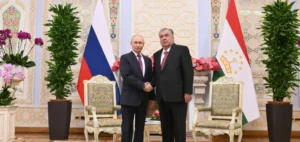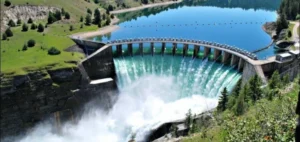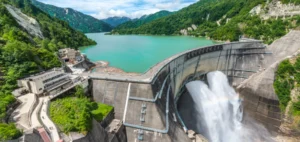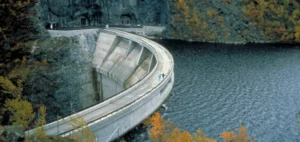Indian Prime Minister Narendra Modi was received by his Bhutanese counterpart Tshering Tobgay for the inauguration of the Punatsangchhu-II hydropower plant, with a capacity of 1,020 megawatts. This facility, among the largest in Bhutan, was developed with India’s technical and financial support. The project is part of a shared energy development strategy, with Bhutan leveraging its hydropower potential to supply its southern neighbour’s growing energy demand.
Strategic infrastructure and reinforced partnership
The Punatsangchhu-II project is another example of bilateral cooperation in the hydropower sector. Located in a mountainous region with high potential, the plant adds to a series of facilities built with Indian assistance. The infrastructure is designed to generate surplus electricity for export to the Indian grid, strengthening Bhutan’s role as a regional power supplier. Narendra Modi stated that the inauguration marked “an important step in our successful energy partnership”.
Electricity exports and economic balance
Electricity is Bhutan’s main export, with $513mn worth of goods sold to India during the 2024-2025 fiscal year, according to figures from the Indian Ministry of Commerce. Over 80% of Bhutan’s trade is with India, amounting to an estimated $1.78bn. The availability of cheap hydropower also supports the development of new economic sectors, including digital services and cryptocurrency mining activities.
Connectivity projects and regional positioning
Alongside energy cooperation, India confirmed in September the construction of two cross-border railway lines with Bhutan. The initiative aims to strengthen logistical integration and solidify New Delhi’s strategic presence in a region also courted by China. Landlocked between two Asian powers, Bhutan plays a central role in the geopolitical balance of the Himalayas.
Energy deployment and internal social pressures
While hydropower revenues support part of Bhutan’s economy, the country faces high unemployment and increasing youth emigration. With an average annual income of about $3,800, many graduates leave for Australia or the Middle East for better job prospects. The deployment of new energy infrastructure represents a key revenue source and a stabilising factor for the government, while also highlighting structural challenges Bhutan continues to face.


